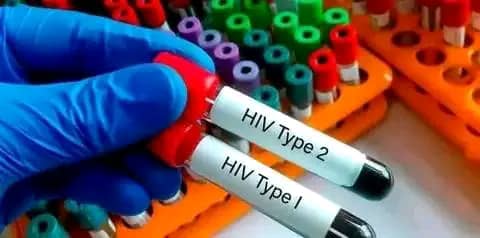The Keta Municipality in Ghana’s Volta Region is grappling with a concerning surge in HIV/AIDS cases, sparking anxiety among residents. A recent report by the Ghana Health Service revealed 27 new infections in 2024, adding to the existing 756 individuals already living with the virus in the municipality. This alarming data indicates a significant public health challenge, especially considering that 253 of those infected are currently not receiving any treatment. The breakdown of those affected reveals a disproportionate impact on women, with 527 females compared to 185 males, and a concerning 44 children also living with the virus. This underscores the need for targeted interventions to protect vulnerable groups and prevent mother-to-child transmission.
HIV, or Human Immunodeficiency Virus, is a viral infection targeting the body’s immune system. Untreated, it progresses to AIDS (Acquired Immunodeficiency Syndrome), a life-threatening condition with devastating physical, emotional, and social consequences. The virus weakens the immune system, leaving individuals vulnerable to opportunistic infections. Transmission primarily occurs through bodily fluids like blood, semen, vaginal fluids, and breast milk. This can happen through unprotected sex, sharing needles, mother-to-child transmission, and, less commonly, contaminated blood transfusions. Beyond the physical effects, HIV also carries a heavy social burden, often leading to stigma, discrimination, and mental health issues.
Preventing HIV transmission requires a multi-pronged approach. Safe sex practices, particularly consistent condom use, are crucial. Regular HIV testing allows for early diagnosis and prompt treatment initiation, minimizing the risk of progression to AIDS and further transmission. Harm reduction strategies, such as avoiding needle sharing, are vital for those who inject drugs. Pre-exposure prophylaxis (PrEP) and post-exposure prophylaxis (PEP) offer additional protection for individuals at higher risk. Ensuring the safety of blood transfusions also remains a critical component of HIV prevention efforts.
While HIV can affect anyone, certain groups are disproportionately vulnerable. Young people aged 15-24, sex workers, men who have sex with men, people who inject drugs, and those residing in high-prevalence areas face increased risk. Addressing the specific needs and vulnerabilities of these groups is essential for effectively combating the epidemic. Targeted interventions, including tailored education and prevention programs, are crucial to curb transmission within these populations.
The recent surge in Keta has ignited calls for increased awareness and education. Residents are demanding more information on HIV prevention, transmission routes, and the importance of testing and treatment. This emphasizes the need for comprehensive public health campaigns to destigmatize HIV and encourage open dialogue. Building trust and providing accessible healthcare services are paramount to ensuring those living with HIV receive the support and care they need.
Addressing the HIV epidemic in Keta requires a concerted effort from healthcare providers, community leaders, and residents alike. Promoting awareness, providing accessible testing and treatment, and combating stigma are crucial steps. By empowering individuals with knowledge and providing the necessary support, Keta can work towards controlling the spread of HIV and improving the lives of those affected. The focus should be on comprehensive education, accessible healthcare services, and fostering a supportive environment for those living with the virus. This multifaceted approach is essential to effectively combat the epidemic and ensure the well-being of the Keta community.














